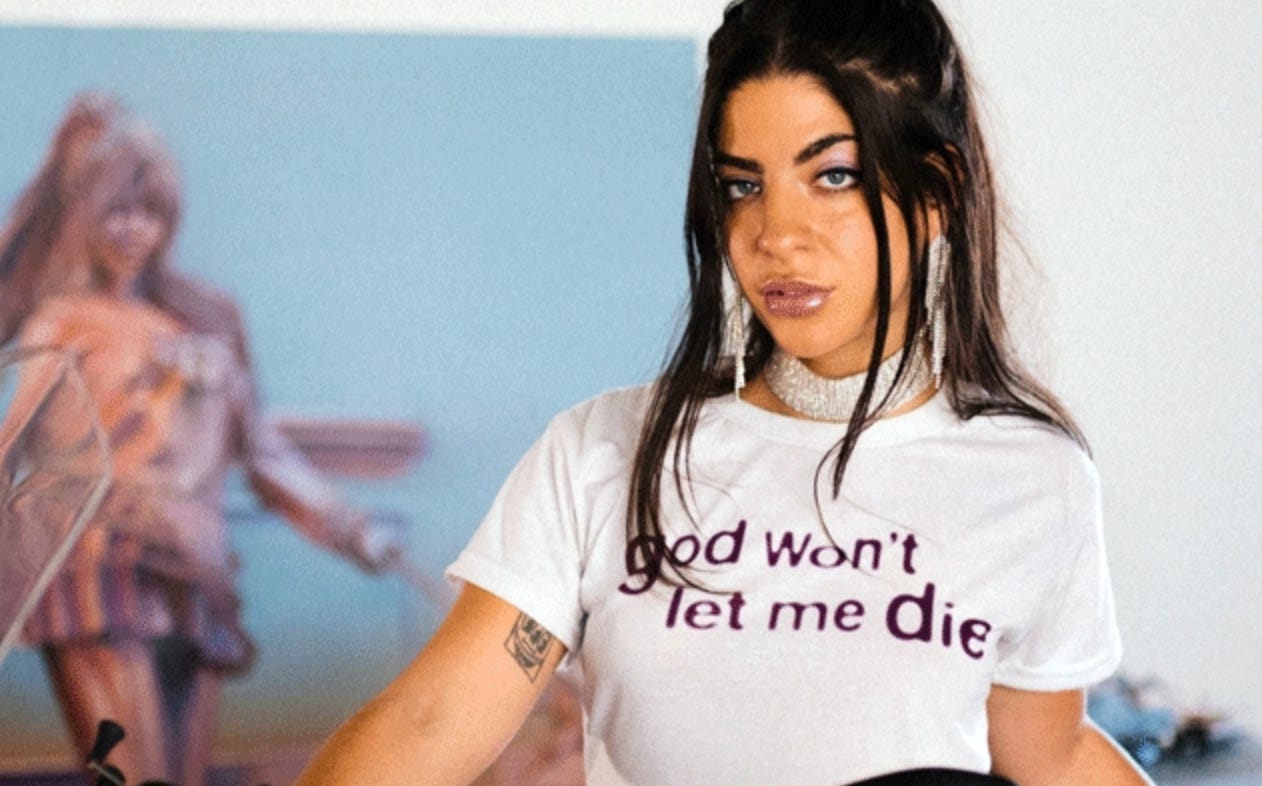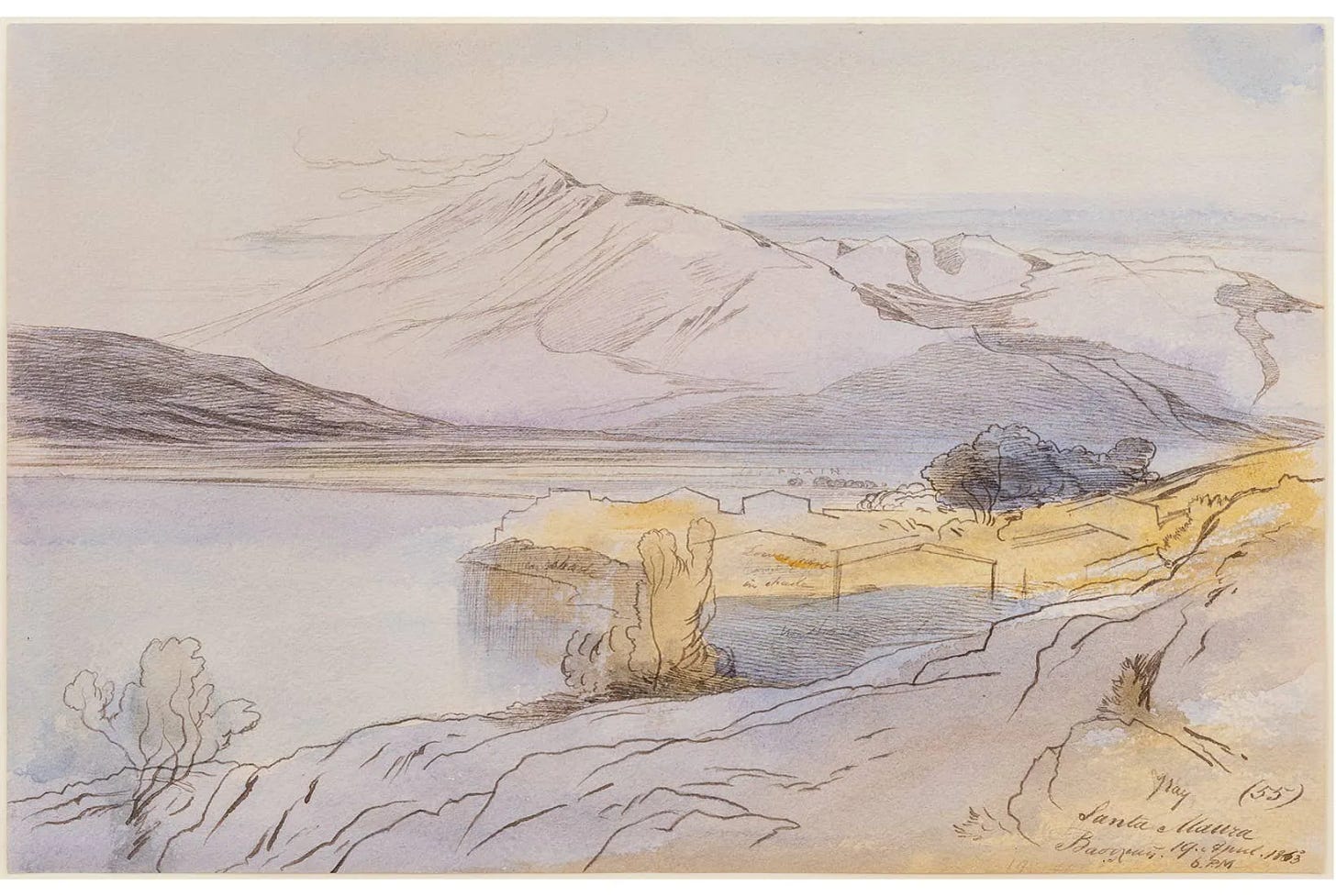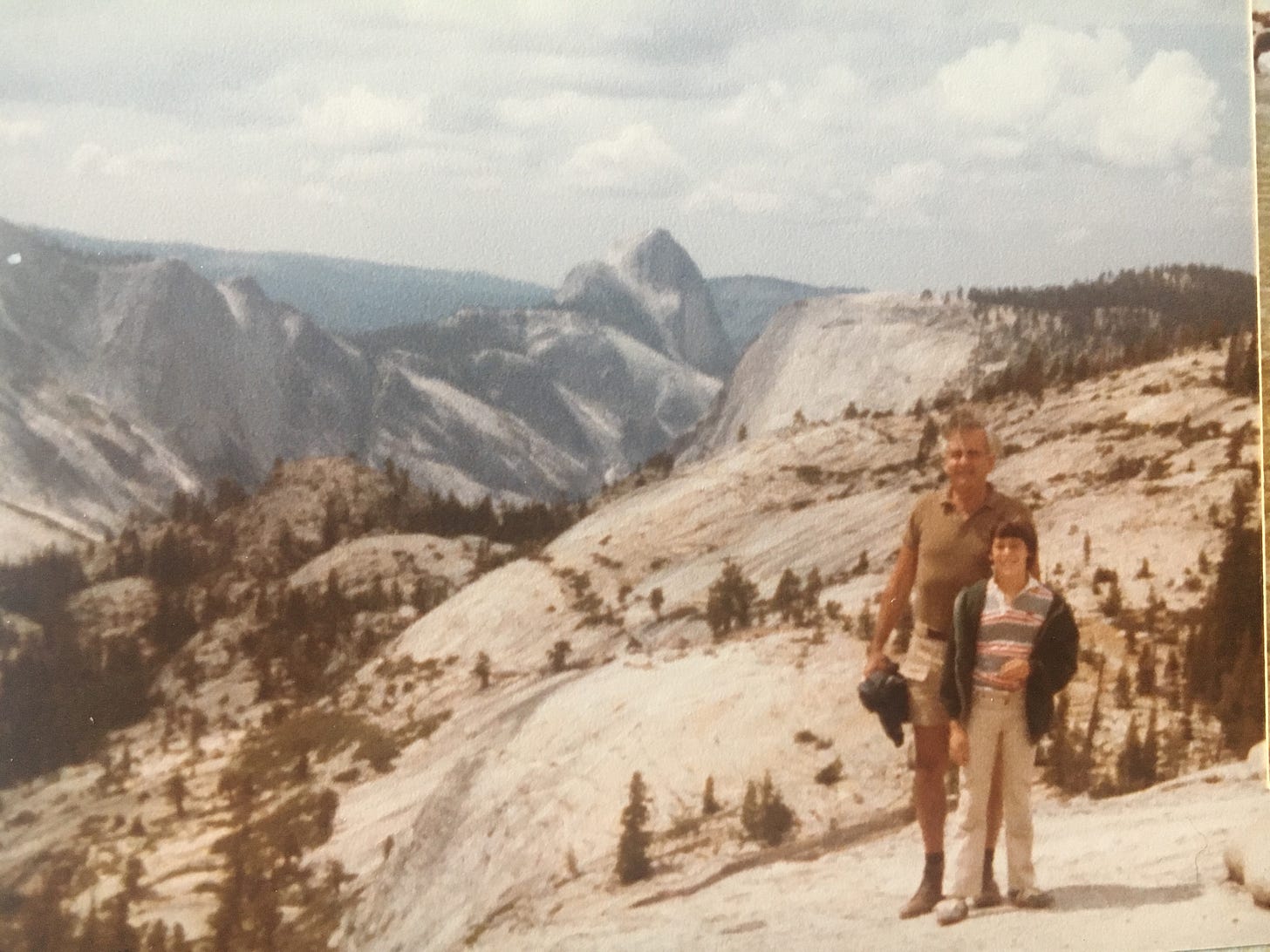Oaths No Longer Oaths
“Hope Smiles from the threshold of the year to come, Whispering 'it will be happier'...” ― Alfred Lord Tennyson
***Before I get on with it…question: the other day I used a new Substack tool that allowed me to offer my daily rant as an audio/listening experience as well as normal visual/reading one. Did anyone think that was worth while???
It is strange to think that “movies with sound” is still a relatively new creation. Just ninety five years ago today…a world of silver screen silence that had existed for decades, launching thousands of films and the careers of many-an-actor…the silent world was shattered when Al Jolson began speaking….singing into the crowded theaters and the bewildered crowd…in his performance as The Jazz Singer.
That is the good news…and then for the bruised eye of it all: Jolson was in blackface when performing. The world of sound came with a racist bite.
As I have discussed previously within the confines of this newsletter, there is much talk between historians, musicologists, ethnomusicologists, anthropologists of how to think about this era in the twenties when the world was introduced to talking machines—record players—and images with sound…a world, especially in America, that was an unjust land and industries that were gate keepers as to what was being recorded, filmed and released to the public. There is one side that rallies around the need to “not erase” history, and to hold up past accomplishments. There is the other side that seeks to rewrite it, telling the story of what was not recorded and how the new industries further solidified America’s deep racial issues (of course, there are people right in the middle, attempting to hold both desires simultaneously while being also perplexed).
As a Jew, the legacy of the Jazz Singer is particularly difficult, since the storyline is a Jewish one and Al Jolson’s character mirrors his real life championing of Blackface entertainment, a theatrical form that other white Jews also practiced. With the conversation on race in America changing, peoples thinking of the meaning of that movie and the meaning of those performances regarding race, and Jews and race, is evolving. The conversation of Jews and Whiteness is a conversation that American Jews need to have especially since the reality is: Jews are not white…they are multi-racial and the American Jewish story is a truly complex one that is only just beginning to be told.
The Jazz Singer ends with Al Jolson (sans the black make up) singing Kol Nidre on Yom Kippur, a song that was just chanted world-wide two days ago. It is a song that begins a period of introspection and forgiveness, it is a song of terminating past vows…of longing to reshape the world for the better. It is one of the most beautiful, soulful songs of the Jewish canon (just listen to Johnny Mathias singing it). It is crazy to me that it was also one of the first musical pieces heard by a national (and international) audience in a movie theater, and it saddens me that it is framed by such a problematic film.
Except it does indirectly call us to demand a future filled with vows of justice and equality, as art is supposed to do even if that was not its intention; it demands a confrontation of the past, and a vision of a better future.
Annie Ernaux: 'Uncompromising' French author wins Nobel Literature Prize
As is often the case, The Nobel Literature Prize has been given to an author I have never read…and author I will read imminently.
‘It paved the way for all of us’: the classic garage rock compilation Nuggets at 50
James Lowe of the Electric Prunes sent me this article yesterday. Nuggets…a compilation of psych/garage rock from the late 60s completely blew my mind when I first heard it as a mid-teen. As the title of the article says: “It paved the way for all of us” very much including me. What is interesting is that when it was initially compiled, the music featured was only a decade old. Granted, I did not get turned onto it until about five years later…but while it seemed like such a time capsule from the past…it was so relatively new. Nevertheless the compilation sent me on a lifelong journey to uncover all the paisley-rich voices-green-and-purple dripping-flying music of the psychedelic 60s.
Emma Stern: Complex Gods (An Interview)
It has been written that Emma Stern is rewriting internet art, and that is saying a lot, given the revolution of NFTs and other forms of Internet Art that have upended the art world over the past few years. Her name keeps popping up all over the place: in articles, on social media feeds, in magazines: she, with the avatars she creates using the most modern methods, is an artist rising. Great interview showcasing a biting wisdom that goes with her overall take-no-prisoners style.
South African Gladioli with Rod and Rachel Saunders
The crazy and very sad news of two botanists being killed and fed to alligators caught my attention (as such a headline is meant to). And when I learned that they had JUST finished shooting a piece for BBC’s Gardeners' World I decided to search it out. Rod and Rachel Saunders were out seed collecting in South Africa when this film was done, mere hours (in theory) before they were killed. The episode showcases their incredible knowledgable, their inspired spirits. A real tragedy.
No better way than to celebrate boogie-boogie pianist Sammy Price’s 114th birthday than by listening to him play…and NPR produced a good show a few years back that fits the bill.
Fresh and dreamy: Edward Lear, at Ikon Gallery, reviewed
“Not many people think of the author of ‘The Owl and the Pussy-Cat’ as an artist, but it was as an artist that he thought of himself…The 60 sketches in the Ikon Gallery’s new exhibition, the first to focus on Lear’s landscapes, include four views of the Egyptian temple of Maharraka, five of Amada and four of Dendera, timed at intervals as short as five minutes….There’s no trace of a wobble; Lear had a rock-steady hand and an idiot savant’s ability to transcribe topographical detail on to a page.”
Though I Stared Earnestly at my Fingernail
By: Merle Feld
Yesterday when I was on the #7 bus
I happened to look at the cuticle of my right forefinger
and for a moment I thought not that it was mine
but that it was my father’s–
the same small confusion I have from time to time
when I catch sight of my daughter
in her denim skirt, size 3
and I feel lean, willowy, in her clothes.
So there I was on the #7 bus
overtaken by a longing very close to love
staring at the cuticle of my right forefinger.
I remembered how clean and short he kept his nails
and suddenly there was the whole man
reconstituted from a fingernail
standing before me, smiling broadly
his face flushed with pleasure.
But then just as suddenly he was gone
and though I stared earnestly at my fingernail
I failed to bring him back.










